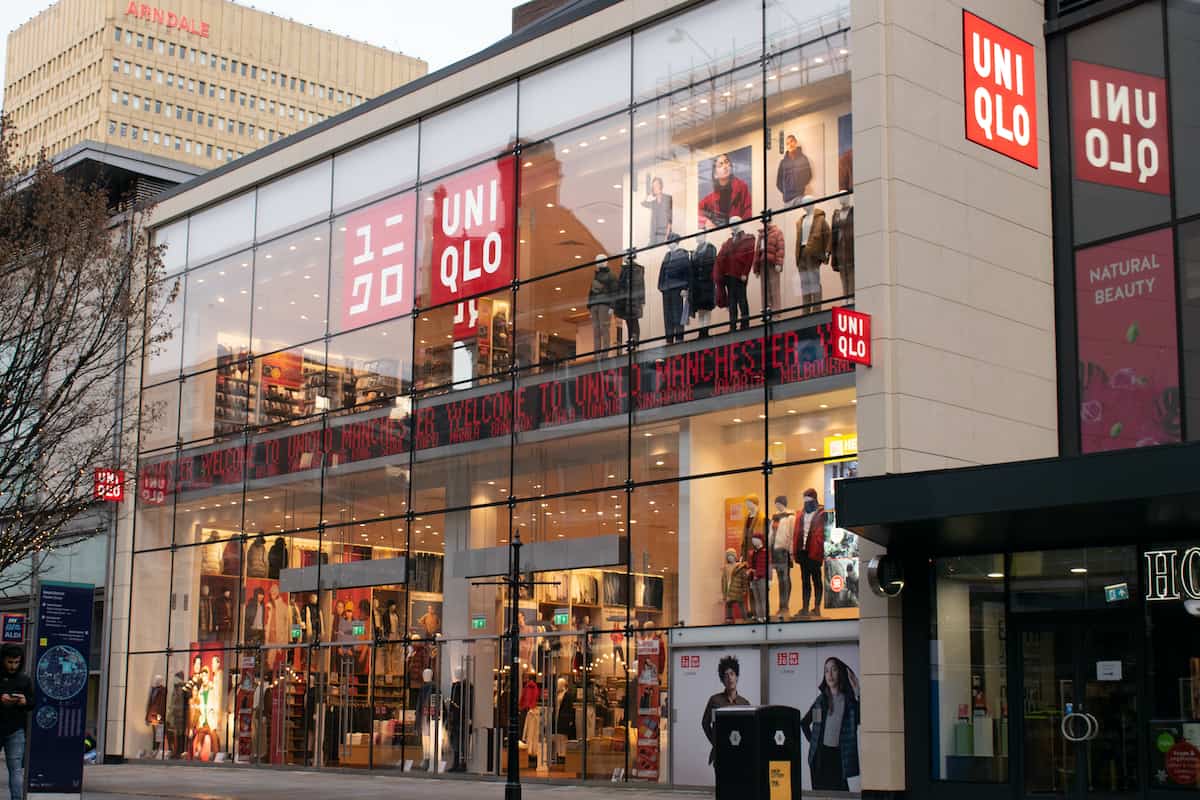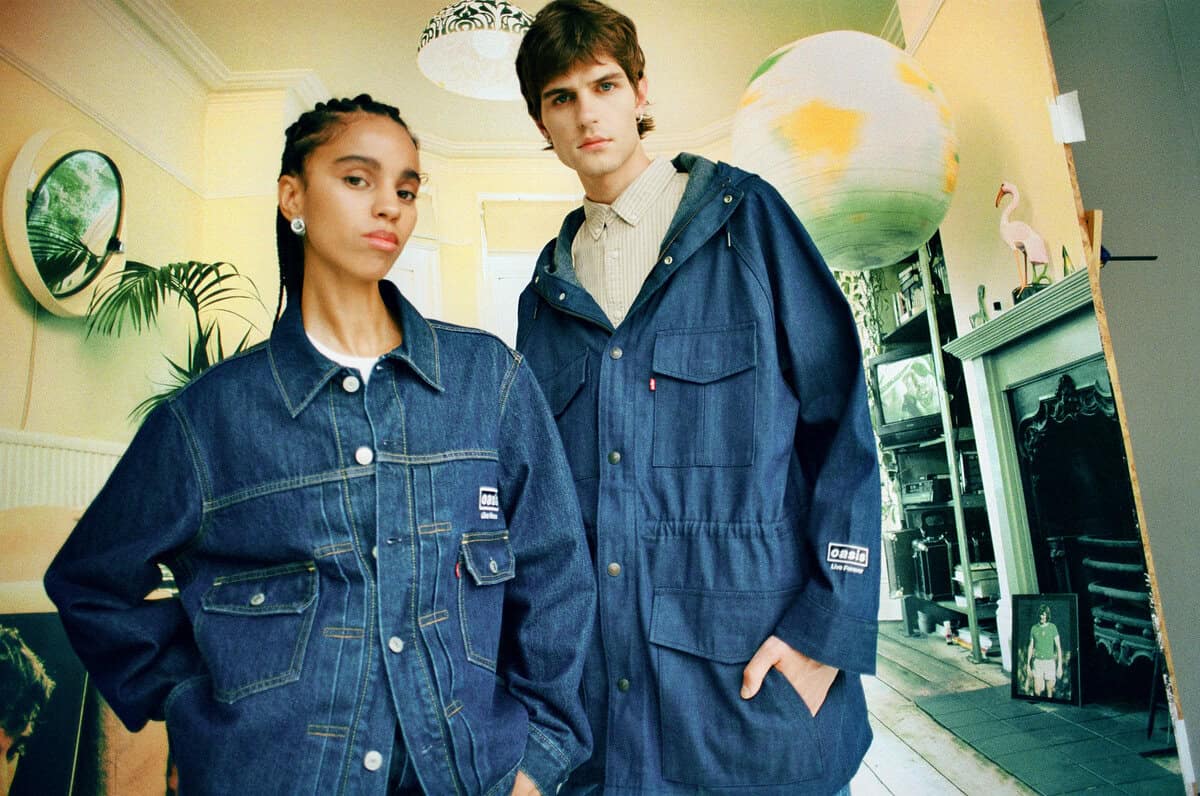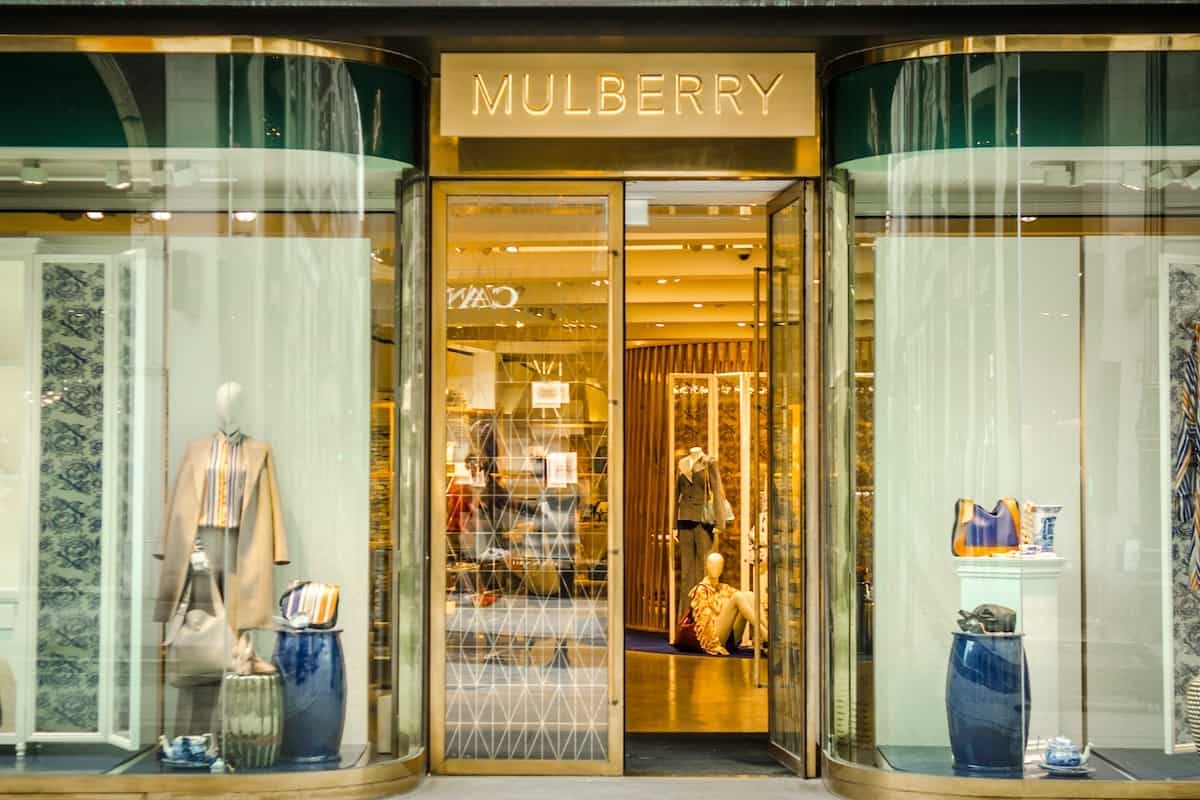With many brands and retailers turning to discounting, promotions and offers to coax post-lockdown shoppers back into store, retailers face the challenge of getting shoppers to actually use discounts and to take-up loyalty offers.
Research by pqCode shows a quarter (26%) of shoppers aged 16-34 say loyalty cards are more hassle than they’re worth. However, going mobile and digital will win them back – with a separate study by Juniper Research suggesting that memberships of loyalty programmes with a digital element will increase from 37 billion in 2020 to 48 billion in 2023 globally.
Juniper highlights that as economic challenges remain for both consumers and retailers, digital loyalty will become a prized differentiator as retail markets become increasingly commoditised.
It recommends that retailers adopt digital loyalty solutions that enable them to leverage their abundant customer data to offer omnichannel loyalty experiences; combining offline and online touchpoints. This is critical for ‘bricks-and-mortar’ retailers, which will struggle to recover from revenue lost during lockdowns and increased off-to-online spend migration.
Mobile holds the key
The place to start is with mobile. Millennials are mobile-first (the rest of us are too, increasingly). Driving loyalty schemes to mobile is the obvious place to start.
Juniper’s report author Susannah Hampton agrees: “Leveraging digital loyalty is all about understanding customer behaviour. In markets where QR payments are gaining traction, loyalty must follow, or it will lose out to more locally appropriate solutions. As such, digital loyalty platforms must be highly agile and channel-agnostic.”
Her research finds that the total value of mobile coupons redeemed will grow from $51.6 billion in 2020 to $67.6 billion in 2023; driven by increasing QR and app coupon usage. QR coupons will continue to grow strongly in China as QR payments are dominant there, but QR coupon redemption in India and Africa will also grow three-to four-fold in the next 5 years as the appeal of QR widens.
Five ways to drive loyalty
There are several key things retailers can do to drive loyalty, according to pqCode’s founder and CEO, James Smithdale.
- Engage with influencer marketing
Recommendations from online influencers are more highly trusted than those coming straight from brands themselves. In fact 49% of people say they rely on recommendations from influencers when making purchase decisions, according to Twitter. Naturally ‘mobile-first’ millennials respond well to social marketing through the fashion, beauty and lifestyle influencers they avidly follow through their phones. Carefully nurtured influencer campaigns via Facebook, Instagram, Twitter, YouTube and Snapchat can feed into a loyalty programme, driving higher brand engagement, if the content and the rewards are relevant and enticing.
- Tap into their obsession with mobile
A study by POQ Commerce found that mobile use is so prominent with millennials, that 68% of them consider it their most important and valuable device. So, it’s vital for businesses targeting youngsters like teenagers and people in their 20s and 30s to invest in ways that chime with near-constant mobile usage. An obvious step is to offer your loyalty scheme through the customer’s smartphone, as opposed to on a piece of plastic.
- Personalise for a more emotional connection
Emotional marketing is big and about to get bigger post-pandemic. The likes of Nike, Rituals and Rapha are leading the field in stirring a sense of belonging and passion among their loyal followers. They cleverly personalise their messages and offers in the context of a shared interest, often using emotional hooks to engage more deeply. According to Accenture, 91% of consumers are more likely to buy from brands that “recognise, remember and provide relevant offers and recommendations” based on their interests. Today machine learning and AI capabilities can take this one step further by enabling personalised assortments at the regional and personal level. Personal offers that resonate with a shared passion will delight key demographics like millennials.
- Raise your game with gamification
Brands from Sephora to Starbucks to Sony have used gamification in their marketing to engage with millennials. Often these add fun and interest to a wider loyalty campaign and might involve clocking up virtual points, working your way up a leaderboard, or completing quests and challenges. The key to good gamification is to keep it simple, and to make the end reward clear from the start. It’s a way to trigger real, powerful human responses that can lead to better customer experiences, increased engagement, and strong brand loyalty.
- Shout about your green credentials
pqCode’s own survey reveals the need for ‘green’ sustainable practices across retail businesses, with nearly 1 in 4 young people aged 16-34 choosing not to take a paper receipt because of environmental concerns. It is therefore perhaps unsurprising to find that over 4 in 10 (41%) retail executives are looking at implementing or continuing paperless transactions in-store as part of their ongoing future-proofing efforts, and as a way to align with customer values and interests. Presenting loyalty and receipts as sustainably as possible will meet the expectations of millennials.








